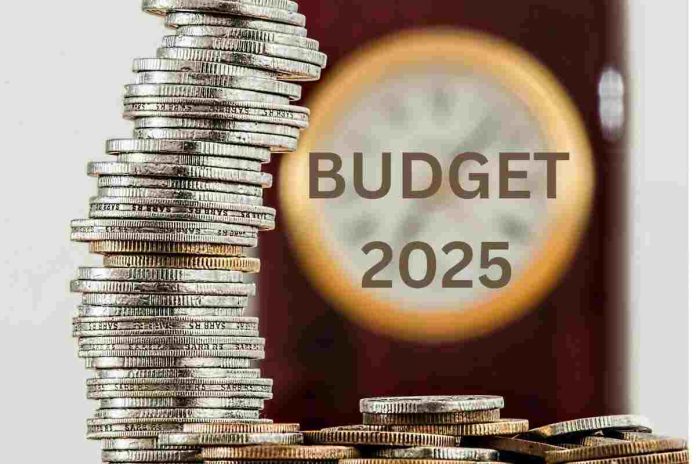Finance Minister Nirmala Sitharaman presented the Union Budget 2025-26 in Parliament on February 1, 2025, with a special focus on tax relief to the middle class, new schemes for the agriculture sector, and infrastructure development.
Key Highlights Of Union Budget 2025
| Category | Key Figures & Announcements |
| Nominal GDP Growth | 10.1% |
| Fiscal Deficit | Targeted at 4.4% of GDP |
| Total Revenue | ₹34.20 lakh crore |
| Total Expenditure | ₹50.65 lakh crore |
| Income Tax Exemption Limit | Increased to ₹12 lakh |
| Kisan Credit Card Limit | Increased to ₹5 lakh |
| New Scheme for Farmers | ‘Pradhan Mantri Dhan Dhanya Yojana’ announced |
| Infrastructure Development | Increased capital expenditure on transport, energy, and urban projects |
| Global Trade Partnerships | Strengthened trade & investment relations with UAE |
Income tax relief:
To increase the purchasing power of the middle class, the government has increased the limit of income tax free income to Rs 12 lakh, as well as made changes in the tax slabs. This will provide significant benefits to taxpayers.
Economic growth:
The budget estimates nominal GDP growth rate to be 10.1%, while the fiscal deficit is targeted to be 4.4% of GDP. Total revenue is estimated at Rs 34.20 lakh crore and total expenditure at Rs 50.65 lakh crore.
Initiatives for agriculture sector:
‘Pradhan Mantri Dhan Dhanya Yojana‘ has been announced for farmers, which will increase agricultural production. Also, the limit of Kisan Credit Card has been increased to Rs 5 lakh, which will make more loans available to farmers at a lower interest rate.
Infrastructure development:
Capital expenditure has been increased in the budget, which includes significant investments for transport, energy, and urban development. This will boost job creation and economic growth.
Global leadership:
India has strengthened trade and investment ties with the United Arab Emirates (UAE), reflecting India’s growing influence on the global stage.
Energy and Sustainability:
A significant investment has been announced in the energy sector, including a Nuclear Energy Mission aiming to achieve 100 GW of nuclear power by 2047, underscoring the government’s commitment to sustainable energy solutions
What is Union Budget?
The Union Budget is critical to a country’s economy because it lays out both revenue, expenditures and other government financial activities over the course of a year while also determining the growth prospects in the economy.
History of union budget in India
The history of the budget in India is decades old and has encompassed various economic reforms, policy changes and structural reforms over time. The citizens, businesses, investors as well as various industry sectors of the country have new expectations of every budget.
Income Tax Slabs (New Tax Regime – FY 2025-26)
| Annual Income (₹) | Tax Rate |
| Up to ₹4,00,000 | Nil (No Tax) |
| ₹4,00,001 – ₹8,00,000 | 5% |
| ₹8,00,001 – ₹12,00,000 | 10% |
| ₹12,00,001 – ₹16,00,000 | 15% |
| ₹16,00,001 – ₹20,00,000 | 20% |
| ₹20,00,001 – ₹24,00,000 | 24% |
| Above ₹24,00,000 | 30% |
Income Tax Slabs (New Tax Regime – FY 2024-25)
| Annual Income (₹) | Tax Rate |
|---|---|
| Up to ₹3,00,000 | Nil (No Tax) |
| ₹3,00,001 – ₹6,00,000 | 5% |
| ₹6,00,001 – ₹9,00,000 | 10% |
| ₹9,00,001 – ₹12,00,000 | 15% |
| ₹12,00,001 – ₹15,00,000 | 20% |
| Above ₹15,00,000 | 30% |
Conclusion:
Through this budget, the government has prioritised economic growth, social welfare, and infrastructure development, which will boost the overall progress of the country.
Also Read: Impact of GST on Indian Economy

